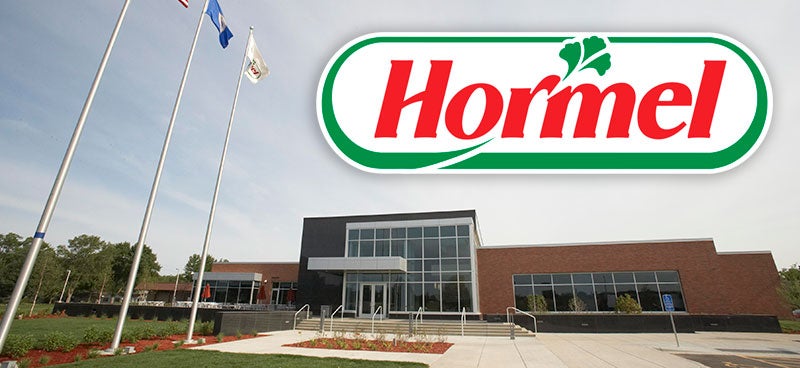New exhibit looks at Somali life
Published 8:20 am Monday, June 25, 2018
By Marianne Combs
MPR News/90.1 FM
Somali immigrants have accomplished a great deal in less than 30 years in Minnesota; that’s made clear by a new exhibit at the Minnesota History Center in St. Paul.
“Somalis and Minnesota” looks at Somali history and culture, and at the contributions Somalis have made to life in Minnesota. The exhibit is the result of a collaboration between two institutions — and two people.
Kate Roberts, exhibit developer at the Minnesota Historical Society, said her organization has long wanted to do an exhibit on Somalis in Minnesota.
It seemed natural to do it in partnership with the Somali Museum of Minnesota, founded and directed by Osman Ali.
“Osman has a museum in Minneapolis that’s very well regarded where we could borrow artifacts and then we could bring the story up to the present,” Roberts said. “So it was just a partnership made in heaven.”
“Somalis and Minnesota” is separated into two different rooms in the exhibit hall. For the full chronological effect, visitors should go to the back room first.
There, an installation of huts and farming tools introduces viewers to Somalia’s agricultural and nomadic roots. A local Somali artist has painted the walls to depict a vast landscape, dotted with sheep and camels.
There is a traditional loom and sample fabrics. There are glass cases displaying amber jewelry, religious items — and a chalkboard suitcase.
In the mid-1970s, Ali explained, the Somali government launched a massive literacy campaign. It sent teachers and students out into the countryside with suitcases covered with chalkboard, filled with paper and pencils. The government had only just agreed upon a written alphabet and conventional spelling of Somali words a few years before. Somalia’s literacy rate went from 10 percent to 70 percent, Ali said.
A timeline traces progress from prehistoric Somalia through colonialism, independence and the civil war that began in 1991. Civil war continues to plague the east African country today.
It was the outbreak of civil war that forced thousands of Somalis to flee their homeland in the early 1990s. Many of them settled in Minnesota — not just the Cedar-Riverside neighborhood of Minneapolis, but St. Cloud, Wilmar and Pelican Rapids, among other places. There are more Somalis in Minnesota than in any other state in the country.
In the front room of the exhibition, a visitor is suddenly surrounded by smiling faces. Graphic panels are covered in pictures of people who have not just survived but thrived in their new home: businessmen, educators, journalists, artists and politicians. Among them, legislator and aspiring member of Congress Ilhan Omar:
“Ilhan Omar is a good motivation for the young generation, especially the women,” Ali said. “A lot of them are going to follow that step, and they say, ‘Why not us?’”
Ali said he hopes young Somali Minnesotans will come to the exhibit both to learn about their history and to be inspired by people like Omar. Roberts said she hopes other Minnesotans will also be inspired:
“I hope that people, after visiting this exhibit, say ‘You know, I’m ready to take the next step. I’m ready to visit that restaurant, I’m ready to step into a Somali mall, or I’m ready to try that fabulous Somali tea that I’ve been learning so much about.’ And move just one step further to closing the gap that I think sometimes exists with a relatively new immigrant community.”
Visitors can try that Somali tea Saturday, when the Historical Society celebrates the exhibit’s opening with free admission. There will be poetry readings, dancing, storytelling and a weaving demonstration.




